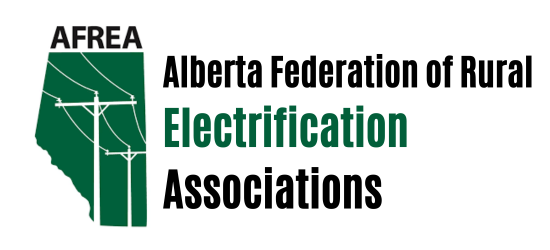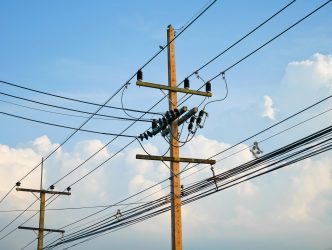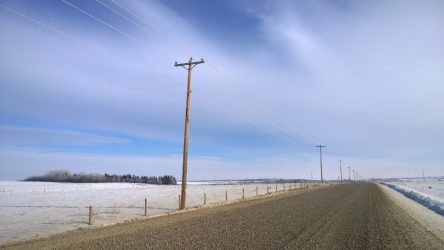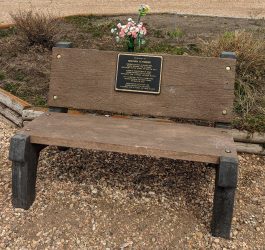REA SUCCESS STORIES
We all know that amalgamation is defined as the process of combining two or more entities into one large conglomerate. We also know that there is strength in numbers and working as one. Proof of this is declared in the cooperative principles that are the basic premise of the co-op business model. It is not just financial – it is the social and environmental aspects of cooperatives that make the model acceptable and viable. Throughout history there are many examples of amalgamations – also known as mergers in the business world – that combine smaller units into larger controlling and often highly successful composites. In Alberta, one such example of higher numbers of amalgamation can be traced to our own rural electrification associations (REAs). Although the number of REAs appeared to have declined over the years, much of that calculation was based on the reorganization of many smaller REAs joining forces into larger groups. The tried and true “working together” drives an advantageous amalgamation and promotes sustainability for those REAs seeking growth and longevity.
In 2020, we recognize that there are five such entities province-wide celebrating 20 years of operating successfully as Self-Operating REAs whose original vision was to promote and keep the REA entity alive. Our self-operating members – Battle River, North Parkland, and Blue Mountain are evidence that a larger composition of smaller REAs can truly make a difference. Representing 8,500, 2,600, and 3,600, respectively, these three self-operating REAs make up 63% of the AFREA membership and 35% of the total REAs in the province of Alberta. They are a testament to the tenacity of grassroot cooperatives.
BUSINESS RESPONSIBILITIES
Smaller REAs can find the business of running the co-op to be overwhelming especially if they are not set up with management or staff to field administrative duties. Ongoing monthly tasks keep a secretary busy and, as the list of REA responsibilities grows, so does the time investment for a volunteer. Board of Directors are therefore responsible not only for the business decisions of the association, but also the actioning of those processes and motions. It can become too much when an REA business is not even your first focus or responsibility. REA directors are farmers and with that comes a full day of responsibilities having nothing to do with the business of keeping the REA lights on.
Defined as essential services in Alberta, REA business functions cannot be put aside for another day or time. Running the business is not just about attending a monthly meeting or answering a few emails or phone inquiries. As a participant in a dynamic industry, REA secretaries and boards are constantly impacted by increased reporting, administration, and other organizational duties. They must be available or accessible 24-7, 365 days a year. What often ends up happening is overwhelming frustration and resentment toward those duties for which they are liable and accountable. Rarely do they receive compensation for the performance of these duties. Even the boards of the operating REAs that contract to Fortis or ATCO for operational functions are still responsible and accountable for the business of their REA.
A CASE FOR AMALGAMATION
This increasing demand on time and resources is one positive argument for amalgamation. The ability to delegate duties to a manager who oversees several REAs or is employed by a larger self-operating REA is a definite asset to a board that can now focus on policy and high-level decision-making. The benefit of economies of scale come into play with purchasing power, decision-making, and resource allocation.
Although a single REA may lose its autonomy, amalgamation provides a viable alternative to selling and losing the REA altogether. Sales are final. Members lose a valuable rural asset. Amalgamation helps preserve the REA history by providing an option to continue in an economical and efficient larger unit. REAs are a member of a greater cooperative movement across Canada that values local ownership by keeping money within rural economies. The advantage of having the REA continue even as a larger amalgamated unit is that the board self-regulates the REA thereby setting their own rates and tariffs. Selling the REA takes away that independence and, even more disconcerting, it puts the profits into the pockets of shareholders instead of your own community.
CONGRATULATIONS
Amalgamation is a viable option for our associations that face the threat of being squeezed out of an industry that caters to growth and an ever-increasing management load. The AFREA would like to recognize and thank those REAs who have made history by encompassing smaller fellow REAs to make a bigger and better viable unit. We commend their “working together” attitude and cooperative spirt.
Congratulations! We continue to look forward to representing a successful membership of sustainable rural distribution power co-ops any size or status.







